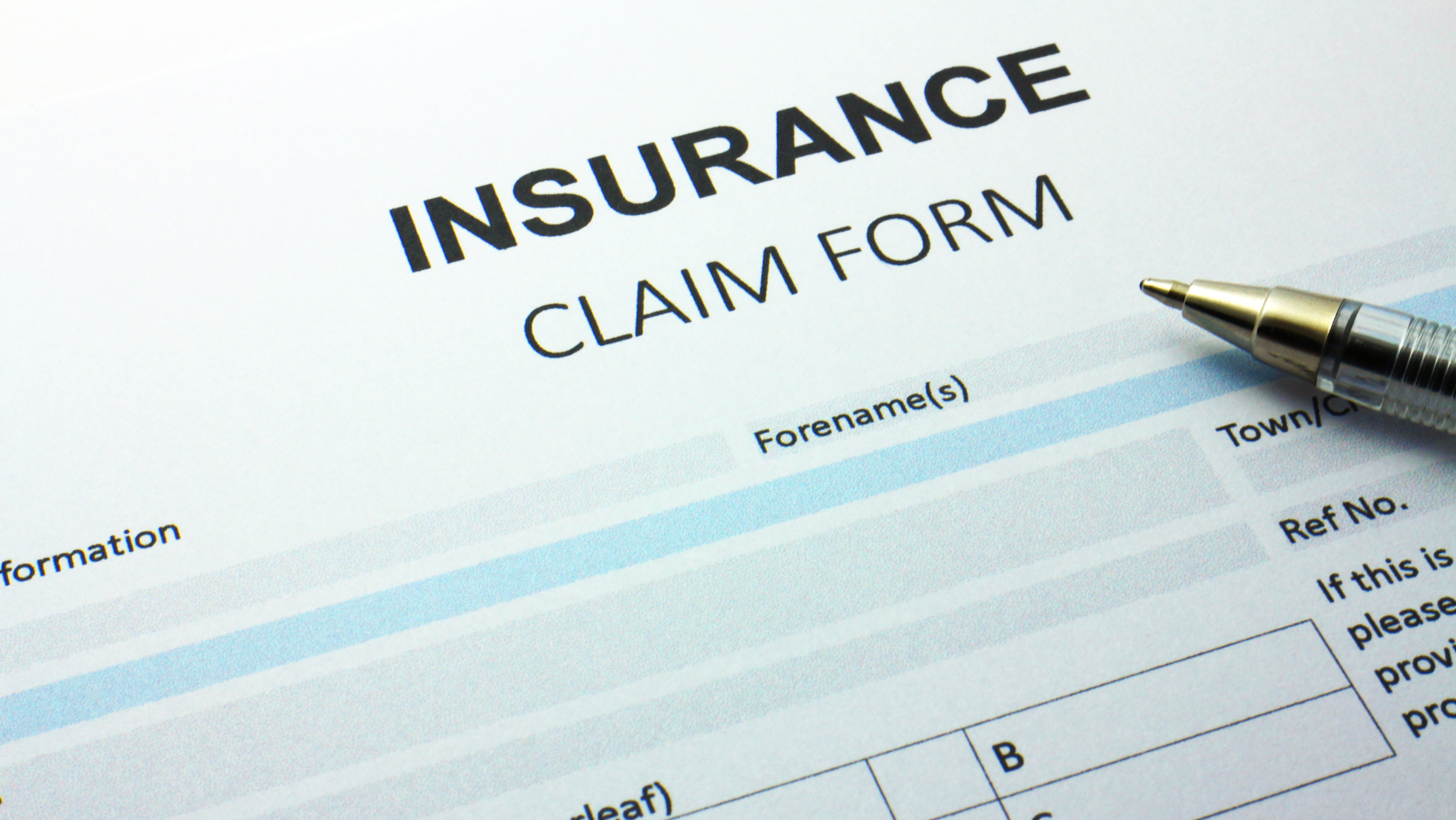
Insurance is an essential aspect of any business, and the dental industry is no exception. As a dental professional, you understand the importance of protecting yourself and your practice from potential risks and liabilities. However, with so many insurance options available to dentists, it can take time to determine which policies are necessary for your specific needs.
In this article, we will discuss two primary types of insurance for dental professionals: dental malpractice insurance and general liability insurance. We will compare these policies, highlighting their unique features and benefits to help you make an informed decision about the right coverage for your practice. Keep reading to learn more about how these insurance policies can safeguard your dental career and business.
What is Dental Malpractice Insurance
Dental malpractice insurance, also known as professional liability insurance, is a type of coverage that protects dentists from claims of negligence or errors in their professional services. This policy typically covers legal fees, settlements, and damages resulting from lawsuits filed by patients who may have suffered harm under your care. As dental practitioners, you are expected to provide high-quality treatment to your patients.
However, mistakes can happen, and even the most skilled and experienced dentists can face malpractice claims. In such cases, dental malpractice insurance acts as a safety net, providing financial coverage and legal support to help you navigate through these challenges. This type of insurance is crucial for dental healthcare professionals as it not only protects their assets but also safeguards their professional reputation and career. Without adequate malpractice insurance, a single claim could lead to significant financial losses and damage to your practice’s credibility.
What is General Liability Insurance
General liability insurance is a policy that covers you and your business against third-party claims of bodily injury, property damage, or personal injury. This type of insurance can protect you from a wide range of risks, such as slip and fall accidents on your premises or damage to a patient’s personal belongings while in your office. For example, if a patient slips and falls in your waiting room and suffers a broken arm, they may file a claim against your business for medical expenses.
In this scenario, general liability insurance would cover the costs of legal fees and any settlement or judgment awarded to the injured patient. This type of insurance is essential for all businesses, including dental practices, as it protects you from unexpected financial losses that could arise from accidents or incidents on your property.
What Is Typically Covered Under Dental Malpractice Insurance?
Dental malpractice insurance typically covers a wide range of incidents and actions that can occur during the provision of dental services. Here are some common types of claims covered under this policy:
Negligence
Negligence in the context of dental malpractice insurance refers to a failure by the dental professional to provide the standard of care that a reasonably prudent dental professional would provide under similar circumstances. This encompasses errors in diagnosis, treatment, aftercare, or health management. For example, not taking proper X-rays before a procedure and causing injury to a patient’s nerve can be considered negligence.
In this case, if the patient files a claim against you, your dental malpractice insurance would cover any legal fees and damages awarded to the patient. This coverage is crucial as even small mistakes can have significant consequences, and without insurance, these claims could lead to financial ruin for your practice.
Misdiagnosis
Another common type of claim covered by dental malpractice insurance is misdiagnosis. As a dental professional, it is part of your responsibility to diagnose and treat patients accurately. However, sometimes mistakes can happen, and a patient may be wrongly diagnosed, leading to unnecessary treatment or harm.
For instance, if a patient complains of tooth pain and you incorrectly diagnose them with a cavity and perform a filling, but the pain persists, it could turn out to be an abscess that requires more invasive treatment. In this case, the patient can file a malpractice claim against you for the incorrect diagnosis and treatment. Your dental malpractice insurance would cover any legal costs and damages awarded to the patient, protecting your practice’s financial stability.
Medical Errors
Medical errors are a significant concern for dental professionals, as they can lead to serious harm or even death for patients. As a dentist, you are expected to provide safe and effective treatment to your patients, but mistakes can still happen. These errors can occur at any point during the treatment process, from misreading X-rays to administering incorrect medication or improperly performing procedures. For example, you may have a patient who suffers from a heart condition and requires antibiotics before receiving dental treatment.
If you fail to review their medical history and do not administer the antibiotics, it could lead to an infection or other complications. In such cases, your dental malpractice insurance would cover any legal fees and damages awarded to the patient if they file a claim against you for the medical error. This coverage is crucial as medical mistakes are not only costly but can also damage your professional reputation and career.
Failure to Obtain Informed Consent
Informed consent is a critical aspect of providing dental treatment ethically and legally. It involves disclosing all relevant information about the proposed treatment, including risks, benefits, alternatives, and costs, to the patient. The patient must then provide their consent before the treatment can be performed.
If a patient claims that they were not adequately informed about a procedure and suffered harm as a result, they can file a claim for failure to obtain informed consent. In this case, your dental malpractice insurance would cover any legal fees and damages awarded to the patient. This coverage is crucial as it protects you from claims of inadequate communication and helps maintain trust with your patients.
Injuries During Procedures
Injuries during dental procedures, though relatively rare, can result in significant physical pain and emotional distress for patients and, in severe cases, may lead to lasting damage. These injuries can range from soft tissue damage inside the mouth to more severe nerve injuries or even fractures. For example, suppose you are undergoing a routine dental extraction due to an unforeseen complication. In that case, you experience a nerve injury that leads to a temporary loss of sensation in your lower lip.
Such an experience can be unsettling and may require additional medical intervention to resolve. If a patient feels that their injury was the result of a dentist’s carelessness or lack of skill, they might pursue a claim for damages. In such instances, dental malpractice insurance is crucial as it covers the legal fees and settlements, safeguarding the dentist’s career and financial stability. This type of insurance thus acts as a protective barrier, ensuring that both dental professionals and their patients have recourse in the unfortunate event of an injury.
What Does General Liability Insurance Typically Cover?
In addition to dental malpractice insurance, general liability insurance is another essential coverage for dental professionals. This type of insurance protects you from claims related to bodily injury, property damage, and personal or advertising injuries that occur during your business operations. Here are some common types of claims covered under general liability insurance:
Slip and Fall Accidents
Slips, trips, and falls are among the most common accidents that can occur in a dental office. Patients may slip on wet floors or trip over objects left in their path, leading to injuries such as sprains, strains, or broken bones. In such cases, general liability insurance would cover any medical expenses or legal fees if the patient files a claim against your practice.
For example, if a patient slips on a wet floor after getting up from the dental chair and injures their back, they may hold your practice liable for the injury. General liability insurance would cover any resulting medical expenses or legal fees.
Damage to the Patient’s Property
Patients often bring personal items such as glasses, mobile phones, or jewelry to their dental appointments. Sometimes, these items might get damaged during treatment or while they are in the dental office. For instance, if a patient’s smartphone falls off a counter and breaks or their jewelry is lost or damaged during a procedure, they might seek compensation for their loss.
General liability insurance provides coverage for such incidents, ensuring that the dental practice can reimburse the patient for the damaged or lost property without a significant financial burden on the practice itself. This coverage not only protects the financial interests of the dental practice but also helps maintain good relationships with patients by addressing their concerns promptly and effectively.
Libel and Slander
As a dental professional, you must maintain a positive reputation to attract and retain patients. However, in today’s age of social media and online reviews, it is not uncommon for a disgruntled patient or even a competitor to make false statements about your practice that can damage its reputation. In such cases, general liability insurance can help cover legal fees and damages if you decide to pursue a defamation lawsuit.
By having this coverage, you can protect your practice from the financial repercussions of false statements and ensure that your reputation remains intact. Additionally, general liability insurance also covers claims-made policies that are related to copyright infringement or advertising injury, providing comprehensive protection against various forms of reputational harm.
Products Liability
Dental professionals often use a variety of products, such as dental implants, orthodontic brackets, or dental tools, in their practice. In some cases, these products may be defective and cause harm to patients, leading to legal action against the dentist or their practice.
This is where general liability insurance comes into play; it provides coverage for claims related to injuries caused by defective products used in your practice. By having this coverage, dental professionals can ensure that they are protected from potential financial losses and malpractice allegations claims due to defective products and continue providing quality care to their patients without worrying about legal fees or settlements.
Non-Owned Auto Accidents
Dental professionals may use personal vehicles for work-related tasks such as visiting patients at home or picking up supplies for their practice. If an accident occurs while using a personal vehicle for business purposes, the dental professional may be held liable for any damages or injuries caused.
General liability insurance provides coverage in such instances, ensuring that the dental professional is protected against potential financial losses. For example, if a dentist is involved in a car accident while driving to pick up supplies for the practice and causes damage to another vehicle, general liability insurance would cover any resulting legal fees or damages.
Comparing and Contrasting the Two Insurance Types
While both dental malpractice insurance and general liability insurance are crucial for safeguarding a dental practice, they serve different purposes and cover distinct types of risks. Below are the key differences between the two insurance types:
Purpose
The purpose of dental malpractice insurance is to protect dental professionals from liability claims related to their professional services, such as incorrect or negligent treatment that results in injury or harm to a patient. On the other hand, general liability insurance covers claims related to bodily injuries, property damage, and personal or advertising injuries that occur during business operations. In simpler terms, dental malpractice insurance protects you from mistakes or errors made in your professional capacity.
In contrast, general liability insurance covers accidents and incidents that can happen to anyone on your premises. For example, dental malpractice insurance would cover a malpractice allegation claim if you accidentally extracted the wrong tooth during a procedure. In contrast, general liability insurance would cover a claim if a patient slipped and fell in your office due to a wet floor. Both types of insurance are essential for protecting your practice from potential financial losses, but they serve different purposes and cover distinct risks.
Coverage Limits
Dental malpractice insurance typically provides policy limits ranging from $1 million to $5 million per claim, with an aggregate limit of $3-5 million for the entire policy period. This means that the insurance company will pay up to the specified limit for each claim and up to the aggregate limit for all claims made during the policy period.
In contrast, general liability insurance usually has lower coverage limits ranging from $100,000 to $2 million per claim, with aggregate limits of $300,000 to $5 million for the entire policy period. These lower limits reflect the different types of risks covered by general liability insurance and the likelihood of a claim being made.
Premiums
Premiums for dental malpractice insurance are typically more expensive than general liability insurance due to the higher coverage limits and specialized coverage for professional services. The cost of premiums may vary based on factors such as location, specialty, and claims history.
In contrast, general liability insurance is relatively more affordable since it covers a broader range of risks and has lower coverage limits. Factors that may affect the cost of premiums for general liability insurance include the size and location of your practice, the type of services offered, and risk exposure.
Coverage Duration
Dental malpractice insurance is typically written on a claims-made basis, meaning it covers claims made during the policy period regardless of when the incident occurred. This means that if a claim is made against you for a procedure performed during your current claims-made policy period. Still, the incident happened during a previous policy period when you were insured with a different company, and your current insurance would cover the claim.
In contrast, general liability insurance is typically written on an occurrence basis, meaning it covers incidents that occur during the policy period regardless of when the claim is made. This type of coverage is more straightforward, as claims are covered based on when the incident occurred.
Conclusion
While both dental malpractice insurance and general liability insurance are fundamental in providing a safety net for dental professionals, understanding the nuances between them is crucial. Dental malpractice insurance shields professionals from claims directly related to the dental services they provide. In contrast, general liability insurance extends coverage to broader incidents that can occur within the realms of the practice.
This detailed comparison highlights the importance of dental practices not only equipping themselves with the right type of insurance but also ensuring adequate coverage levels that align with their specific risks and operations. By doing so, dental professionals can maintain their focus on delivering quality care, secure in the knowledge that they are well-protected against potential liabilities.










